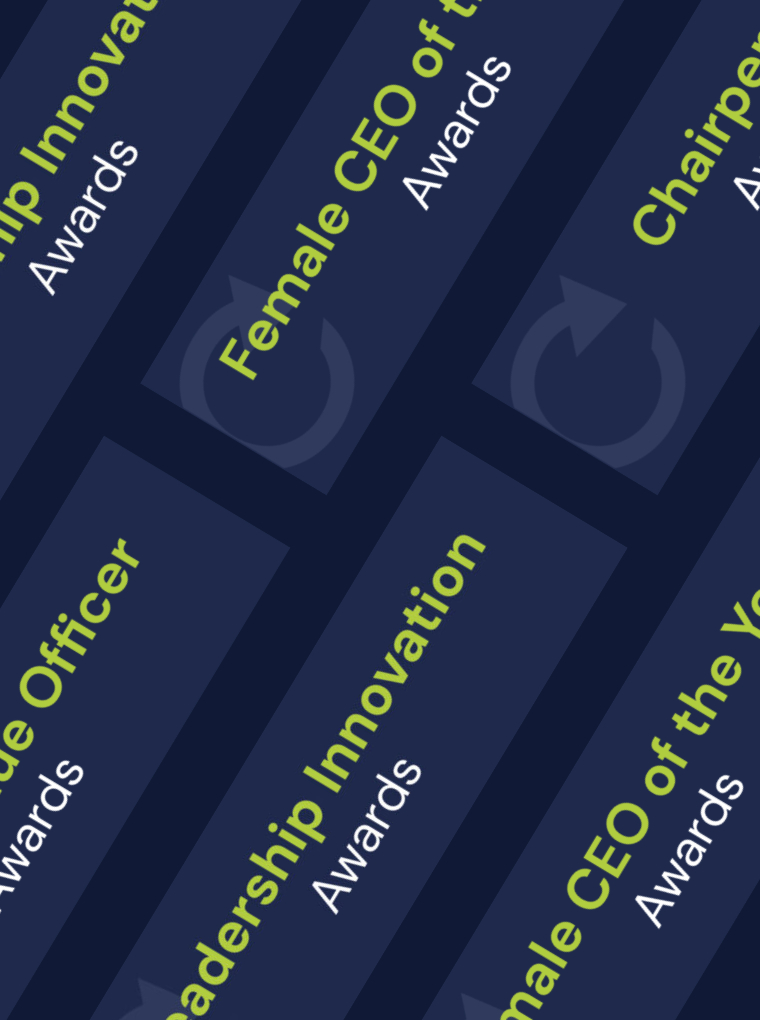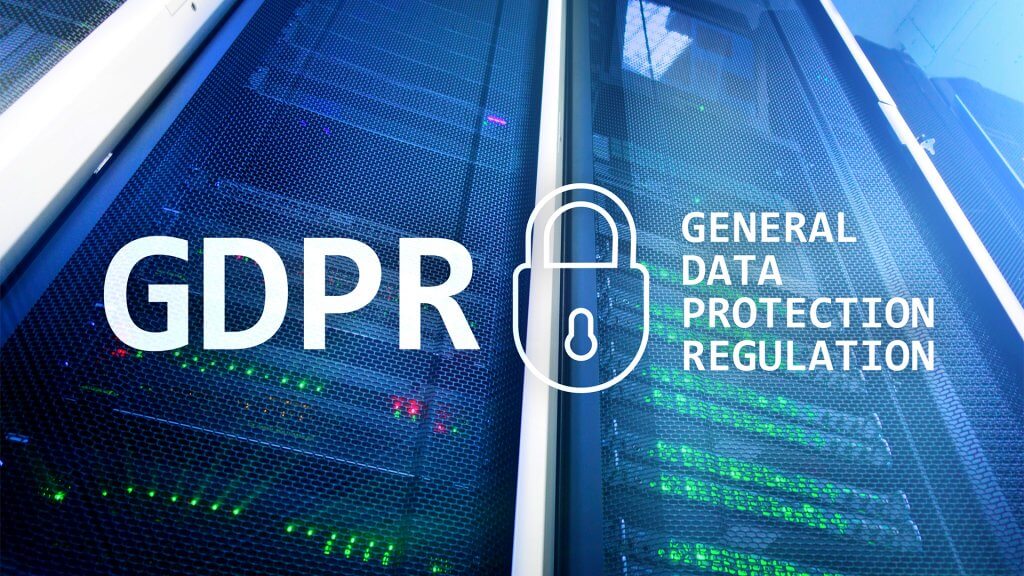6 Goals Modern CEOs Should Set for Business Growth and Sustainability
If you’re a Chief Executive Officer (CEO), you already know that leading a business isn’t just about hitting short-term targets. It’s about building something that lasts. Sustained growth is crucial, but it can lead you off course without direction or purpose. That’s why setting the right goals matters now more than ever.
If you’re wondering what goals modern CEOs should set for their businesses, here are a few pointers:
1. Integrate Sustainability Into Your Core Business Strategy
CEOs must embed sustainability into their core strategy and recognise it as a necessity. This means weaving sustainable practices into every aspect of their business, going beyond simply reducing their carbon footprint to encompass a fundamental rethinking of their entire business model.
You’ll want to look at things like ethical and strong supply chains, less waste, and investing in renewable energy resources. For example, solar energy is much more sustainable than old-school fossil fuels. Organisations that have their own premises should look for a solar panel installation company to explore options like this to reduce the company’s carbon footprint.
Prioritising sustainability is increasingly crucial as customers, team members, and investors demand it. Embodying it will result in better efficiency, lower costs, and a stronger reputation.
To make this happen, you should do a full sustainability check-up. Set clear, measurable goals (like reducing carbon emissions by a certain percentage), track them with your company’s key performance indicators (KPIs), and make sustainability part of your company culture.
2. Embrace Digital Transformation
Technology evolves rapidly, and businesses that fail to keep pace risk obsolescence. Therefore, digital transformation involves more than simply adopting new tools; it requires reshaping your company’s operations.
Specifically, you should focus on several key areas:
- Automation and artificial intelligence enable you to streamline operations, enhance customer service, and make data-driven decisions.
- Cloud computing allows you to shift to scalable and secure cloud solutions, providing greater flexibility and cost efficiency.
- Prioritising cybersecurity enables you to protect your business from the increasing threat of cyberattacks through solid security measures.
This strategic approach to business digitalisation is crucial because companies leveraging digital tools tend to grow faster, reduce costs, and maintain a competitive edge.
3. Focus on Customer-Centric Growth
Customer expectations are rising fast, and falling short opens the door for competitors to win their attention. To stay ahead, your sustainable development strategy needs to put customer experience at the center.
First, use customer data to tailor your products and services to individual needs. Personalisation helps create stronger connections and increases satisfaction. Make sure every interaction feels smooth and intuitive, whether it’s on your website, through a mobile app, or in person.
This level of care leads to more than just happy customers. It builds customer loyalty, turns buyers into brand advocates, and lowers your acquisition costs through referrals and repeat business. Investing in great experiences supports long-term growth while strengthening your competitive edge.
4. Foster Diversity, Equity, and Inclusion (DE&I)
Building a diverse and inclusive workplace will help you drive better business outcomes. As a leader, supporting DE&I across your organisation should be a priority.
This means creating an environment where every team member feels valued, respected, and empowered to grow, regardless of background, race, gender, or identity. Equitable hiring, promotion, and compensation practices are essential to achieving this goal.
Embracing DE&I brings fresh perspectives that lead to stronger problem-solving and more informed decisions. It also strengthens your brand and helps attract top talent. To make progress, define measurable DE&I goals, adopt inclusive practices, provide employment opportunities, and build a culture where everyone feels they belong.
5. Foster Long-Term Value Creation
Sustainable growth requires more than chasing short-term wins. Today’s CEOs understand the importance of thinking beyond immediate profits to build lasting success.
Focusing on long-term value means making decisions that support the company’s future, even when the results are not instant. This shift in mindset encourages broader goals, including innovation, team member development, and sustainability. Instead of aiming only for quarterly gains, leaders should build a foundation supporting growth over time.
This sustainable approach helps create a resilient, forward-looking business aligned with stakeholder expectations. To get there, develop a clear strategic plan, invest in research and development, embrace sustainable practices, and nurture strong stakeholder relationships.
6. Cultivate a Culture of Innovation

Sustainable growth demands continuous innovation, as stagnation can destroy your business in a competitive landscape. Your leadership as CEO must create an environment where new ideas thrive naturally.
Start encouraging experimentation and calculated risk-taking throughout your organisation. Remove barriers between departments to enable the cross-pollination of ideas. Also, dedicate resources to research and development while remaining receptive to potentially disruptive concepts.
Innovation is your competitive advantage, allowing your company to develop fresh products and services, enhance operational efficiency, and discover untapped sources of value. Companies that prioritise creative thinking consistently outperform their more rigid competitors.
You can make this happen through structured processes that capture and evaluate emerging ideas. Give your team members the time and resources needed for innovation. Additionally, recognise innovative contributions through meaningful rewards and establish internal incubators or accelerators to nurture promising concepts from inception to implementation.
Conclusion
As a CEO, setting the right sustainability goals isn’t about doing everything at once. It’s about choosing the areas that matter most to your business and building from there. Whether it’s investing in your people, strengthening digital tools, or becoming more sustainable, each step adds long-term value. Growth is great—but sustainable development with purpose is what makes a business truly future-proof.







